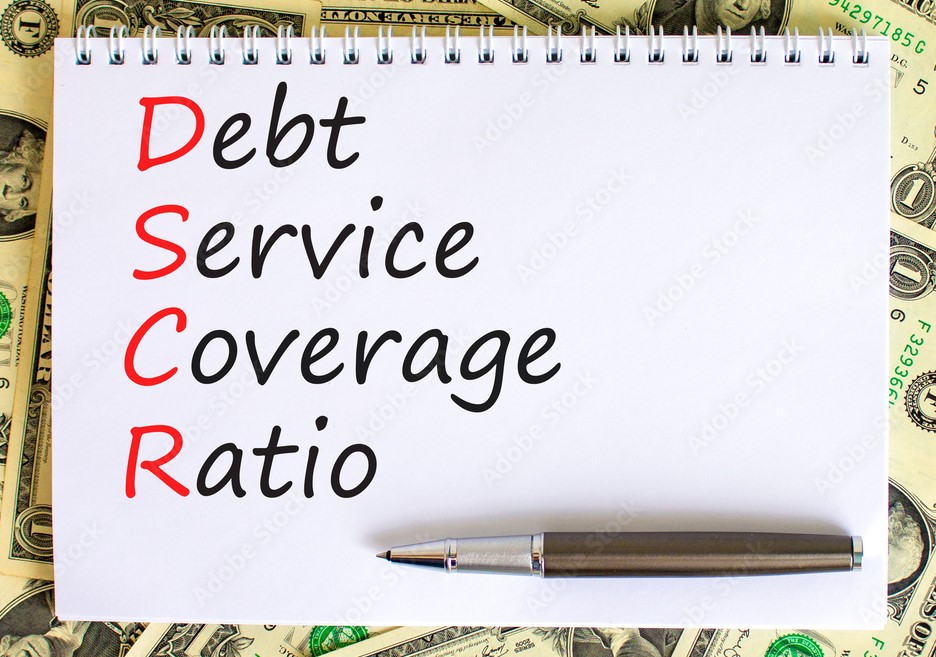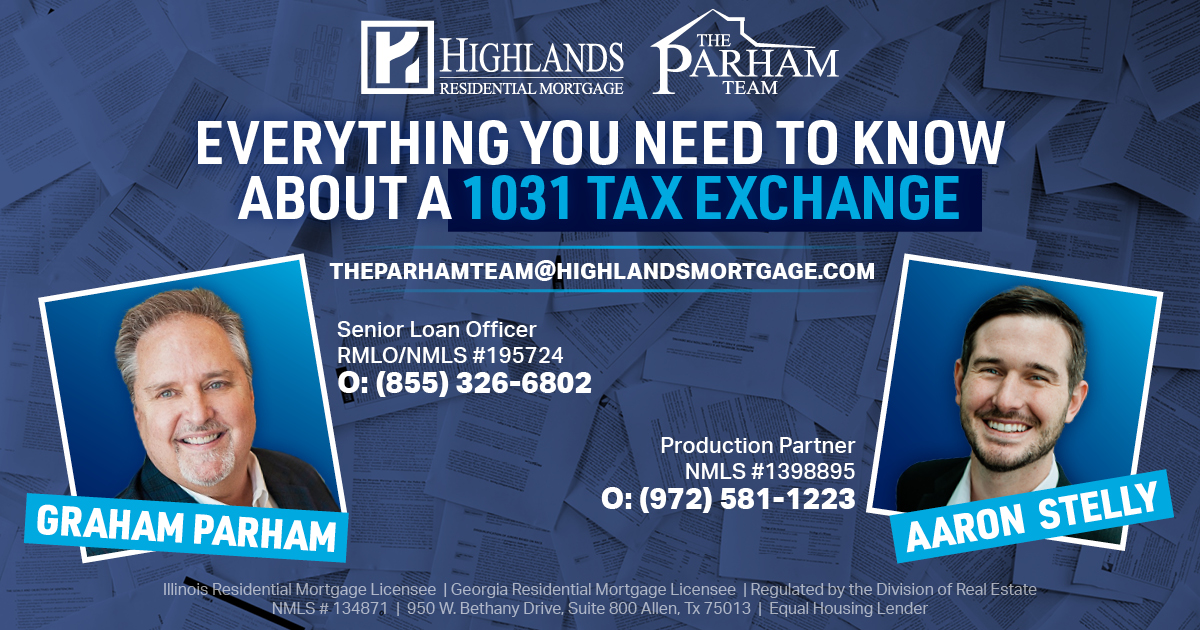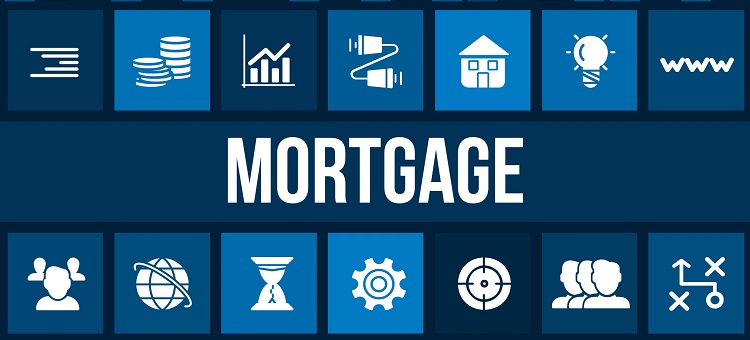What Is Real Estate Asset Protection? Asset protection in real estate is exactly what you’d expect: it protects you and your investments incase any unfortunate situations arise. The last thing any investor wants after spending his or her hard earned money […]
read more
Investment Property Loans
HOW TO PREVENT SPAM FROM CREDITORS
A lender takes your loan application and then the next day you get phone calls from other lenders, how does that happen? Watch and Learn. It happens. You are looking online. You see a great, unbelievable rate and you complete […]
read more
read more
How Do You Qualify For a DSCR Investor Loan?
DSCR loans are different, as the qualification and underwriting are primarily focused on the property instead of borrower. DSCR lenders will look at your credit score and make sure you have a few months of payments in the bank, […]
read more
read more
Why Consider A 1031 Tax Exchange?
When you are selling an investment property can be subject to taxation. Those taxes can add up quickly depending on the type of property, how long it was owned, state taxes, capital gains, depreciation and the owner’s tax bracket. As […]
read more
read more
5 Things You Should Know Before Investing in a Turnkey Property
What is Turnkey Investing? At its core, turnkey real estate investing is where you buy already rehabbed, tenant-filled, managed properties that are producing positive cash flow. A lot of the extra work that goes into real estate investing is cut […]
read more
read more
Fannie Mae Reserve Requirements for Investors with Multiple Properties Owned
What Are Reserves? Reserves are liquid or near liquid assets that are available to a borrower after the mortgage closes. On every loan transaction, reserves are required to be verified as part of the approval process. Acceptable sources or reserves […]
read more
read more
How Many Loans Will the Fannie Mae and Freddie Mac Lend to Investors?
In 2009, Fannie Mae and Freddie Mac rolled back the mortgage rule that prevented real estate investors from financing more than 4 properties per borrower. At the time, investors were limited to 4 properties financed, which included their primary residence. […]
read more
read more













